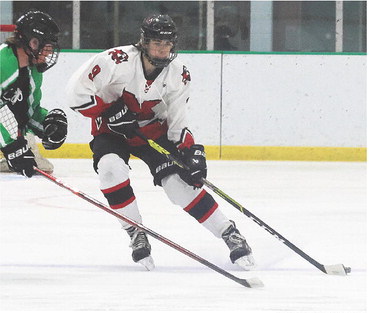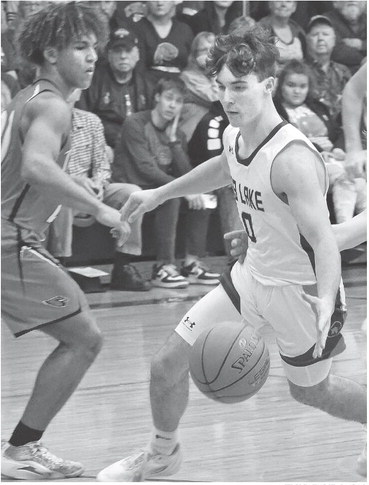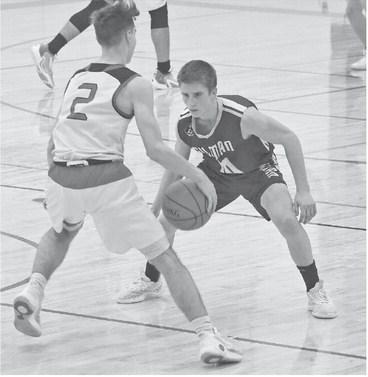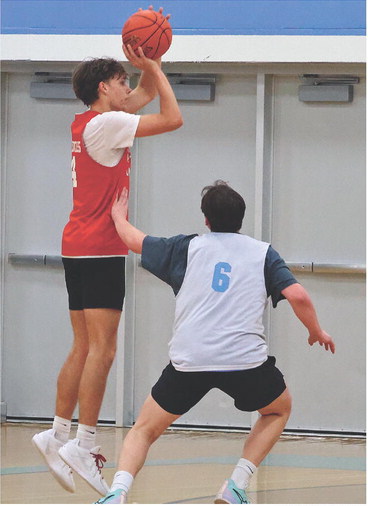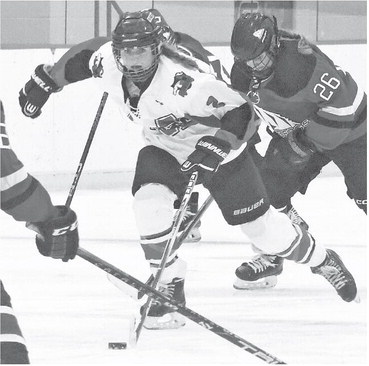How does UCLA, Washington in the Big Ten make sense (or cents)?


Hey sports fans, remember when a sports conference could generally be defined as a grouping of schools/teams joined by similar traits to fill a season’s worth of schedules, build traditions and create rivalries within a sensible geographic region? Huh, I guess now that I look at my Webster’s New World Dictionary that was published in 1990, conference was simply defined as “an association of schools, churches, etc.”
Maybe it’s just been my imagination and nothing has changed in the last 30some years.
There are some things I know I didn’t imagine. Like the Big Ten and Pac Ten having 10 teams each with the Pac Ten’s teams all being, at most, an hour’s flight away from the Pacific Ocean. The Big 8 having eight teams. The Southeastern Conference not having teams in Texas and Missouri and never having to name a conference Conference USA because its membership literally has representatives from throughout the USA.
Back in 1990, I know I never would have imagined the Big Ten Conference having 18 schools. And you can bet it will be 20 before long. Never would I have ever imagined those schools would include UCLA, USC, Oregon, Washington and Rutgers but not Notre Dame.
Think about what the Rose Bowl meant in the 1970, 80s and 90s. Big Ten vs. Pac 10. Speed vs. power. Glamour vs. girth. Brent Moss and Ron Dayne running over, around and through UCLA (had to throw that in).
Now starting in 2024, a Big Ten football or basketball Saturday could include Washington at Rutgers and Maryland at USC? The ghosts of Bo Schembechler, Woody Hayes and Hayden Fry and people like Bob Knight must be beside themselves as they look at what the Big Ten has become.
The NCAA certainly has evolved into something much bigger than us middleto late-aged people could have ever imagined back when you knew the Oklahoma and Nebraska football game was going to be a battle between top-5 teams, was going to be played in November in the rain or snow and the hallowed voice of Keith Jackson would be on the call for a game that would last barely two and a half hours because neither team ever threw the ball.
Remember when you had to stay up late on Saturday night or wait until Sunday morning to watch a Wisconsin Badger football, basketball or hockey home game on tape delay on Wisconsin Public Television? I remember still doing that in my college dorm room in the early 1990s, even though ESPN was starting to emerge as a force in televising college sports, especially men’s basketball.
Of course in those days, Wisconsin wasn’t very good in anything, except hockey in some years, so the Badgers were rarely on regional or national TV. You took what you could get to actually see the games.
It’s actually kind of ironic thinking about that now since television is pretty much the reason why college sports is where it’s at now. And it all kind of exploded because of the Big Ten Network’s launch in 2007. Since then, the SEC, the Big 12, the ACC and the Pac-12 formed their own networks, though the failure of the Pac-12’s network appears to be one of the reasons why that proud conference has suddenly fallen apart. Notre Dame has had its own football television contract with NBC for many years.
The College Football Playoff was formed to attract huge television revenue just as much as it was formed to determine a true national champion. It’s been reported that when the playoff expands to 12 teams in 2026, the television contract could be worth $2 billion.
The NCAA men’s basketball tournament this past spring earned a reported $1 billion in revenues with most of that money going back to schools. Every game is televised or streamed. Back in the day, you were stuck with whatever game CBS chose for your CBS station. The tournament experience is certainly better now, though I’m not a fan of most second-round games being night games.
Not that big time college sports was ever entirely pure, but the pull of the mighty dollar sure has taken the pure feeling you once got about it. Universities, university presidents, athletic directors and media outlets all need to make money. Athletes with professional dreams often need to use the NCAA as their stepping stones to get there and now with relaxed transfer rules, they’ll go through multiple schools to get there. Of course in the last year or two, athletes’ school choices have also become about Name, Likeness and Image money as much as it is about academic offerings and fit on the team.
In many ways you can’t fault anybody for chasing dollars.
And you can see why student-athletes have increasingly wanted pieces of the revenue pie. They’re the ones doing the work, playing through pain, taking all of these lengthy road trips and providing the entertainment value. As much as I respect Greg Gard and Shaka Smart, I’m not tuning in to a Wisconsin or Marquette basketball game to watch them.
Division I scholarships certainly aren’t chump change and, what a lot of people don’t realize is they are essentially one-year deals that coaches often don’t renew, under the guise of lack of performance, so they can give them to better players. The competition for them is fierce.
But road trips from UCLA to Penn State, Ohio State or Wisconsin certainly don’t embellish the vision of studentathletes actually going to class. You wonder what these travel budgets are going to look like, especially from the Pacific schools. The contracts and salaries some of the nation’s top coaches get are also outrageous, but that’s nothing new in sports. The pressure on these coaches is also pretty intense. They must win. Winning means exposure, exposure means more revenue through ticket sales, merchandising, television appearances, etc. At the top of the list, Nick Saban of Alabama is under an eight-year, $93.6 million contract to coach college football. He’s pretty darn good at it.
But it still seems like a university could be doing more with some of that money. Like figuring out a way to keep a highly-respected conference with a 100year history like the Pac-8, 10 or 12, whatever you want to call it, together.
Matt Frey is the Sports Editor at The Star News.
Matt’s
Bleacher Shots
Matt Frey
